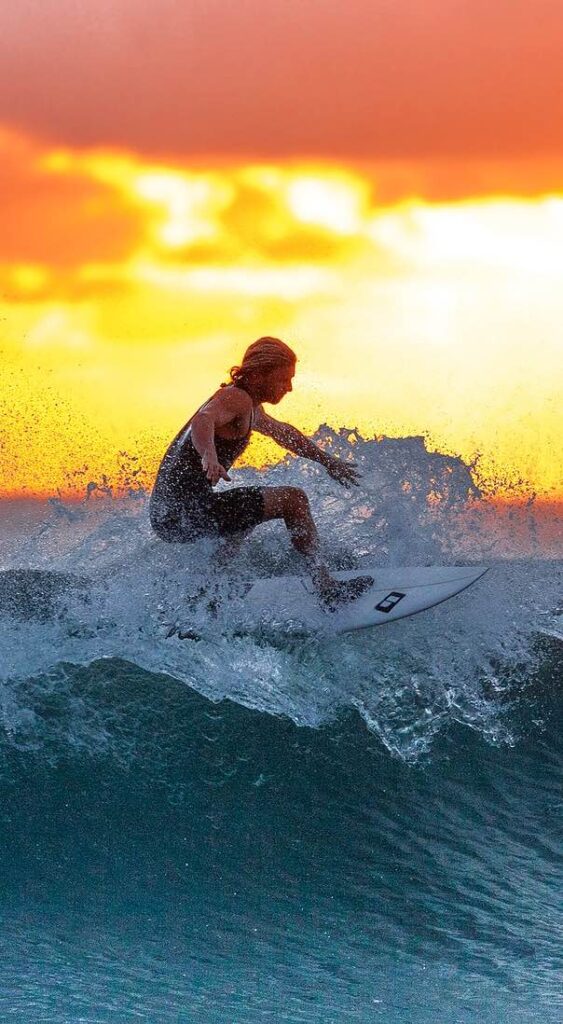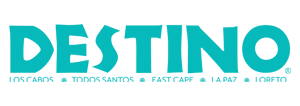[page_title]
[post_date]
By Alex Navarro, Los Cabos Adventure Expert
Welcome to Los Cabos! We are very happy that you are visiting here in this wonderful month of September and hope you have a very memorable vacation. To start, let me tell you that I am having an amazing time this month because this time of year we have many Mexican festivities and great waves, and most importantly because my son is living with me for the next 3 months or so. He is thirteen and we got him a surfboard for his birthday, and therefore I am beginning to teach him how to surf. So I thought it would be a cool idea to share with you in this page the basic structure of a surf lesson and other fundamental things about beginning to surf.

I also hope this article helps motivate you to try surfing if you have never tried it. Plus, the really cool thing about Cabo is that we have great surf instructors and surf schools that offer the best lessons and equipment. My intention here is just to give you some preliminary information so that if you decide to reserve and take a proper surf lesson with an instructor, you will have some fundamental surf concepts already reviewed. By the way, the best spots for learning to surf are Cerritos beach on the Pacific Ocean side and Costa Azul in Cabo. Both areas offer a great experience and the best guides and schools. Some general suggestions prior to doing a surf lesson are to get a good night sleep, eat nutritiously and light, stretch or do yoga, and do a few squats and push ups.
A surf lesson can be divided into three parts: ocean environment, theory and practice. In an ocean environment you learn and go over the environment you will be surfing in. For example, type of surf break, wave and beach, swell and ocean conditions, entry channel to wave break, currents and rip tides, hazards, reefs and rocks, other surfers and their surfboards, and sea life in the area. In theory you go over your equipment and its parts, and the actual theoretical surf lesson on land where things are explained. And in practice you perform some surfing techniques on land, go in the water with your surf instructor, and try catching waves by doing what has been taught to you.
 Going a little more in detail, the type of surf break could be a point break, beach break, sand break or a reef break, etc. The wave could be a right wave or left wave, or A-frame (or peak) goes both to the right and to the left. The size of the wave is also considered. The conditions could be low, medium or high tide, with tide coming in or going out, with glassy water or choppy water and no wind or low or high wind, etc. There could be a small swell or a large swell coming from the south or the north or northwest, depending on the time of year and the weather conditions like storms or hurricanes near or far away.
Going a little more in detail, the type of surf break could be a point break, beach break, sand break or a reef break, etc. The wave could be a right wave or left wave, or A-frame (or peak) goes both to the right and to the left. The size of the wave is also considered. The conditions could be low, medium or high tide, with tide coming in or going out, with glassy water or choppy water and no wind or low or high wind, etc. There could be a small swell or a large swell coming from the south or the north or northwest, depending on the time of year and the weather conditions like storms or hurricanes near or far away.
Continuing, the parts of a surfboard are the nose, the tail, the bottom, the top (or deck), the rails, the rocker (which is the curvature of the board), the stringer (which is a wood strip added for stiffness and strength), the fins, the leash and the traction pad on some surfboards. Depending on your height, weight and fitness, your surf instructor will select the correct board for you where you will execute some techniques on land like: paddling technique and positioning on board, pop up and surf stance. Most likely he or she will select you a longboard or foamboard. You will also go over the famous turtle dive which is used to pass a wave that breaks on you when you are using a longboard or foamboard. On the other hand, the duck dive technique to pass waves will be used when surfing on a shortboard as you progress in your skills and abilities.
Maybe now is a good time to briefly go over what types of surfboards exist. The main ones are the shortboard also called thruster, the fish, the funboard, the hybrid, the gun, and the longboard and foamboard which are the ones that are usually used for learning as I have mentioned above. Furthermore, after waxing the top of your surfboard, attaching the leash to your ankle and putting on your surf gear and protection like a rash guard, wetsuit, surf cap, sun protector, and even surf booties sometimes; you will then enter the water with your instructor after reading the swell, waves and environmental factors like other surfers, rocks, etc., as also mentioned above. Now you will be guided by him or her and start doing all that you have learned during the lesson like paddling, turtle diving, positioning to catch a wave, catching a wave, riding a wave, eventually making turns on a wave and finally finishing a wave or falling off safely.
 Many times your instructor will grab your board from the tail when you are paddling to try to catch a wave and give you a precise push and steer you in the proper direction as well. This is a great help in achieving to catch and standing up on your first wave.
Many times your instructor will grab your board from the tail when you are paddling to try to catch a wave and give you a precise push and steer you in the proper direction as well. This is a great help in achieving to catch and standing up on your first wave.
Lets review some things and add other basic points of a complete surf lesson:
- General safety: ocean environment. Learn about the beach you will surf and its potential hazards. Wave size, general conditions, etc.
- Know everything about your equipment and using it: learn the parts of a surfboard and practice some techniques on land so that you can control your surfboard in the surf.
- Paddling technique: how to balance on a surfboard while paddling. Find your proper positioning when you paddle the surfboard from a belly down position.
- Standing up on a surfboard: proper technique, riding stance, arm position, how to stop the surfboard in a controlled manner, how to dismount off your surfboard and how to fall off safely which is usually landing flat on the water (parallel to the water).
- Turning the surfboard: how to complete single and multiple turns on the face of the wave from a standing up position by using the rails of the surfboard.
- Types of surf breaks: identify the types of surf breaks.
- Identifying rideable waves and positioning to catch a wave in the best possible spot and time: learn to read a wave, learn to identify the peak, learn where to position yourself. Some parts of the wave are the peak, the face, the bottom, the front, the back, the close out, the foam or white wash, the tube and the line. Waves can be measured in feet or meters and are usually measured from the back side.
- Sitting on a surfboard: how to turn the board from a sitting position in order to position yourself to catch a wave. Balance on your surfboard from a sitting position.Paddling out into the line-up: read the surf break, know where to paddle out into the lineup Surfing etiquette: be able to identify who has priority, learn the priority system for riding waves, understand what to do when you don’t have priority, learning how to keep yourself and others safe.
- Being a smart surfer: know your limits and be able to recognize conditions and/or surf breaks that are or are not suitable for your ability level.
 All of this you will learn initially with your surf instructor, but over time you should be able to keep learning to surf by yourself. Surfing is a great challenge and for sure one of the most difficult
All of this you will learn initially with your surf instructor, but over time you should be able to keep learning to surf by yourself. Surfing is a great challenge and for sure one of the most difficult
sports to learn, but the rewards are like no other when you catch a wave. And also, the cool thing about surfing is that you can do it with your family members and loved ones. I feel blessed to be spending time teaching my son how to surf and he is having a blast too. The other really cool thing about surfing is that when you go surf you also get some beach time to hang out and set up an umbrella, and enjoy the sand and sea.
Make this visit to Cabo perfect and unforgettable by starting to learn how to surf in this magical surf town, and also taking in all the Mexican festivities that we celebrate every year during September. Maybe also try some traditional meals and dishes of Mexico. Some of my favorites are: chiles en nogada (stuffed peppers with ground beef and diced fruits covered with a pecan sauce, and topped with fresh granada fruit), pollo con mole (chicken with sweet and spicy nut sauce), huevos a la Mexicana (scrambled eggs with green chile peppers, usually serrano pepper, diced white onions, and diced tomato), this being the three colors of the Mexican flag (green, white and red) accompanied with corn tortillas, huevos rancheros (two fried eggs, sunny side up, on top of two fried corn tortillas, all bathed in green or red salsa), ceviche (fish cured in lime with diced vegetables on a corn tostada or corn chips), tacos (all type of tacos from fish to shrimp to beef and pork), tequila with lime and salt, Mezcal with orange slices and worm salt, agua de jamaica (hibiscus water) and agua the horchata (rice water). All right! Enjoy! See you in the waves! And VIVA MEXICO!
[rev_slider alias=»footer-ads»]



